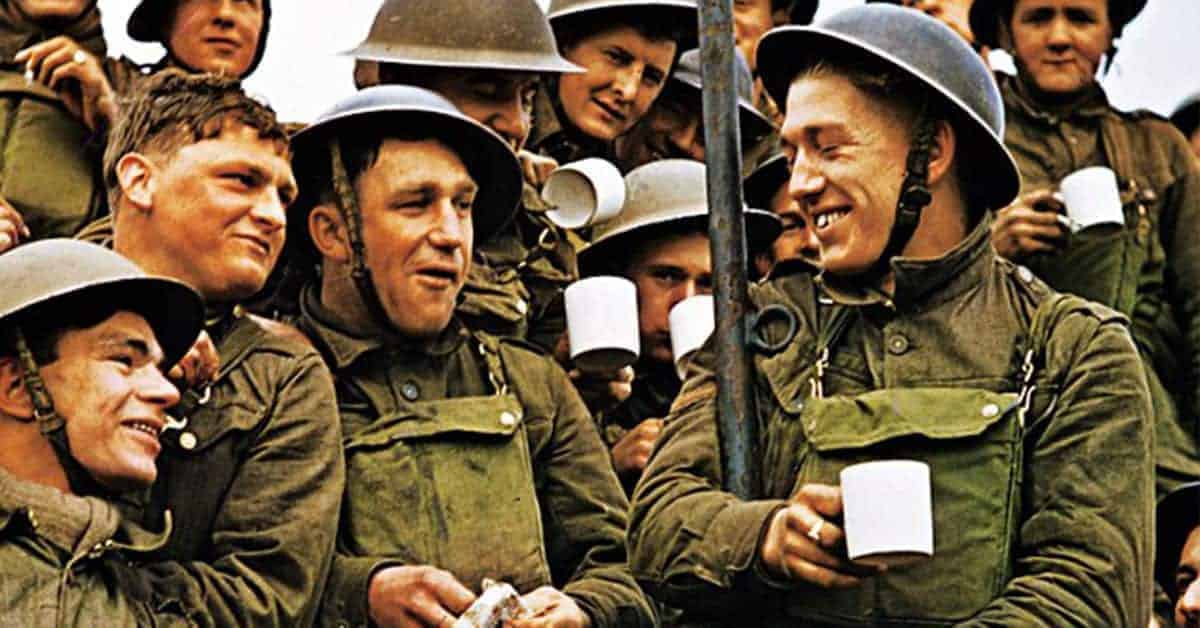Unless you’ve been living under a rock for the last few decades (in which case, my sincerest apologies) you will have at some point come across the iconic British poster slogan “Keep Calm and Carry On”. Designed by the Ministry of Information in 1939, this quintessentially British piece of propaganda was never officially released to the public. This is because the eventuality for which it was designed—the German invasion of Britain—never came to pass. The fact that it was never made official, however, has done nothing to detract from its popularity.
“Keep Calm and Carry On” perfectly captures the stiff-upper-lip attitude of the British. It is as relevant to today’s generation—staring down Brexit’s barrel of economic isolationism—as it was to the wartime generation, who were trying to distance themselves from Europe for rather different reasons. It plays into a stereotype, of course. But like all stereotypes (particularly of the tea-drinking, monarchy-loving, sorry-saying Brits) it’s effective because it’s essentially rooted in truth. The same must be said for the tea-drinking aspect of the British stereotype. If it were a national sport, the British would excel.
Tea has long been at the heart of British culture. Initially the preserve of the upper classes, it soon infused its way into every social stratum as it was imported from the colonies in greater and greater quantities. Its consumption skyrocketed at home during the 1700s, partly because it was thought to have medicinal qualities and partly because the water was thought to be too dangerous to consume. It seems that, on both accounts, people thought right. With more people drinking tea there were less reported cases of dysentery and other bacterial infections. The next generation also reaped the rewards of tea consumption, its antiseptic properties passed on from mother to child through breast milk.

It wasn’t just at home where tea consumption thrived. For centuries British Army has had a strong relationship with tea; not all that surprising given the tea-producing territorial extent of the British Empire. On the morning of the Battle of Waterloo in 1815, officers passed around tea to the men while they stood by waiting to be mercilessly musket and shelled by Napoleon’s forces. It was the same French emperor who is credited with saying that an army marches on its stomach. In the case of the British Army, you could argue that it marches only when it can convince its men they can stop at some point and put on a brew.
Napoleon isn’t the only oft-quoted military figure who favored foodstuffs over firepower. The former First Lord of the Admiralty, and Prime Minister through most of the war, Winston Churchill, once called tea “more important than ammunition” (though not during his famous “we will fight them on the beaches” speech, for obvious morale-related reasons). And the way it was prioritized during the Second World War reflects this feeling exactly. Just two days after the war’s outbreak in September 1939, the British Government took tea-related measures into its own hands. Rightly fearing the destructive potential of Nazi air raids over the capital, they decided to safeguard the country’s tea supply by relocating its vast reserves outside London.

